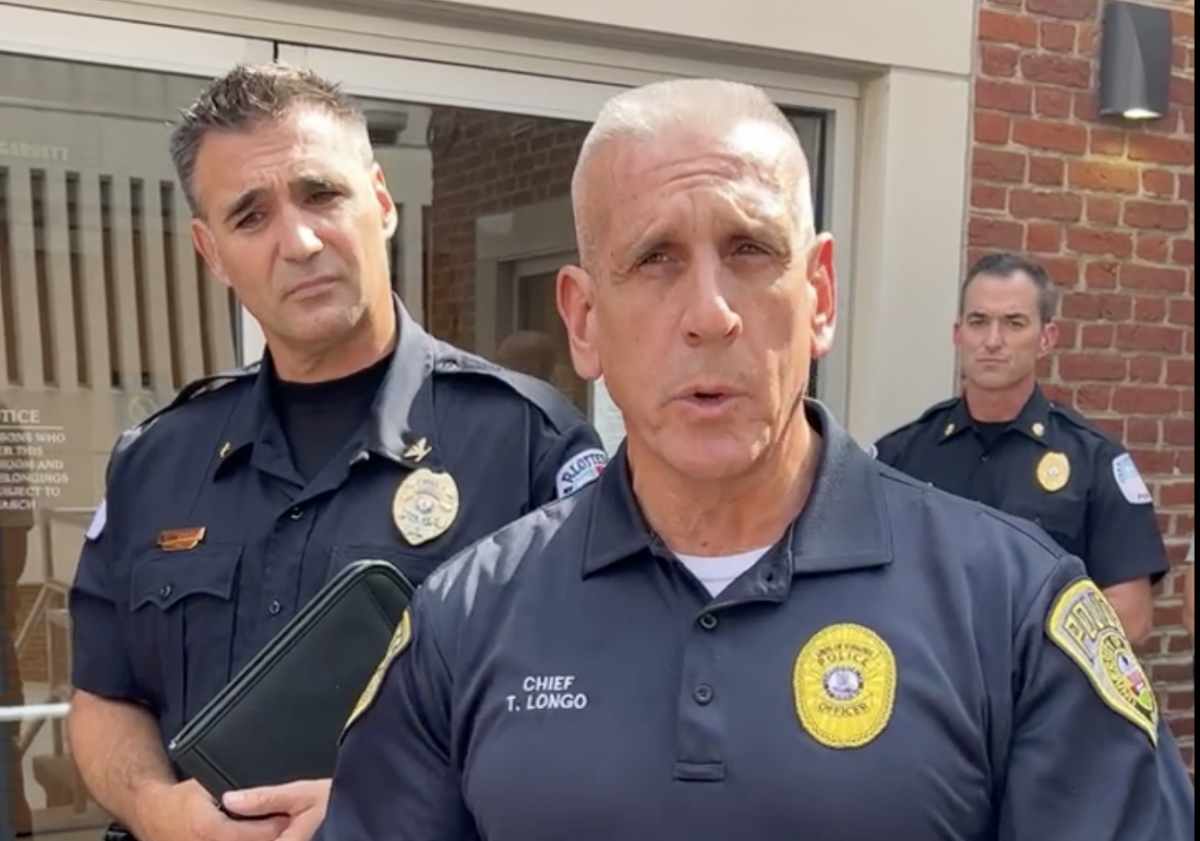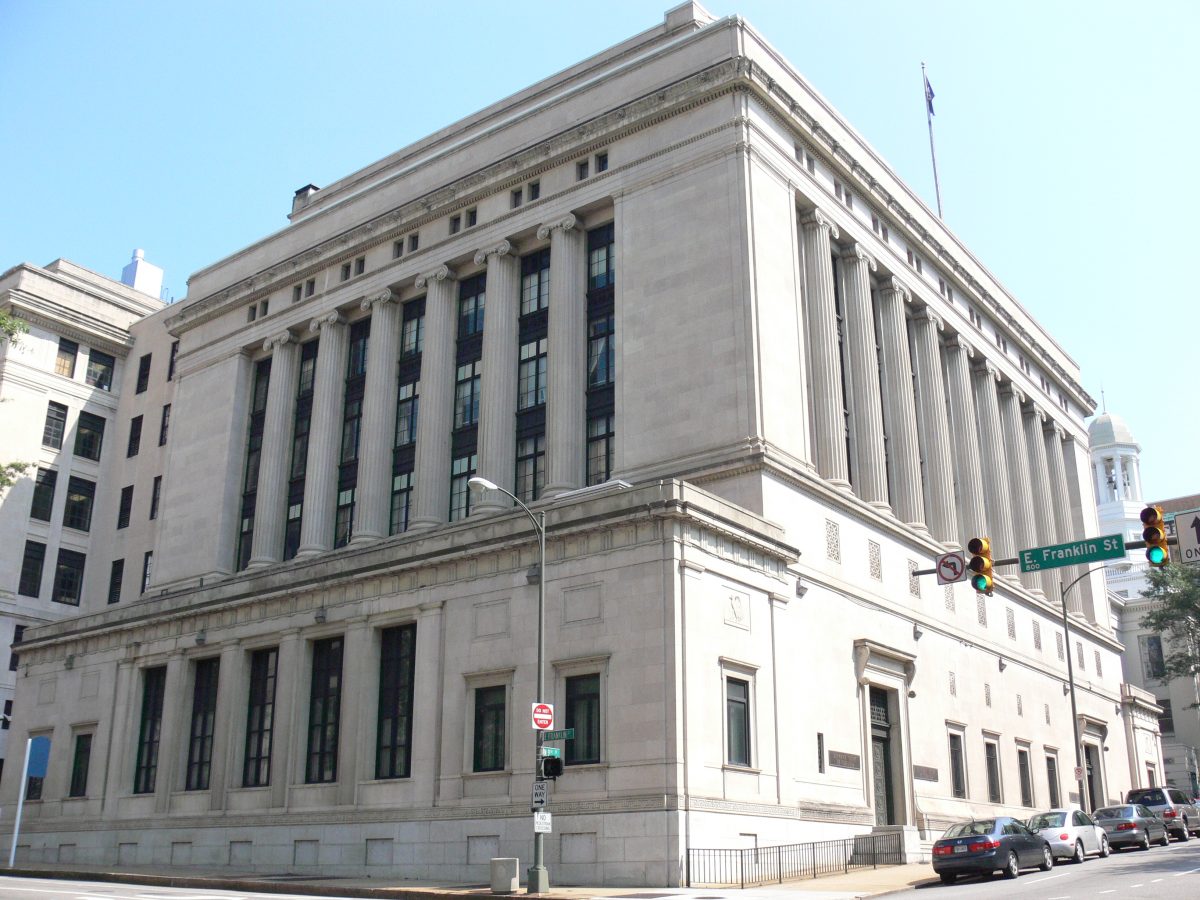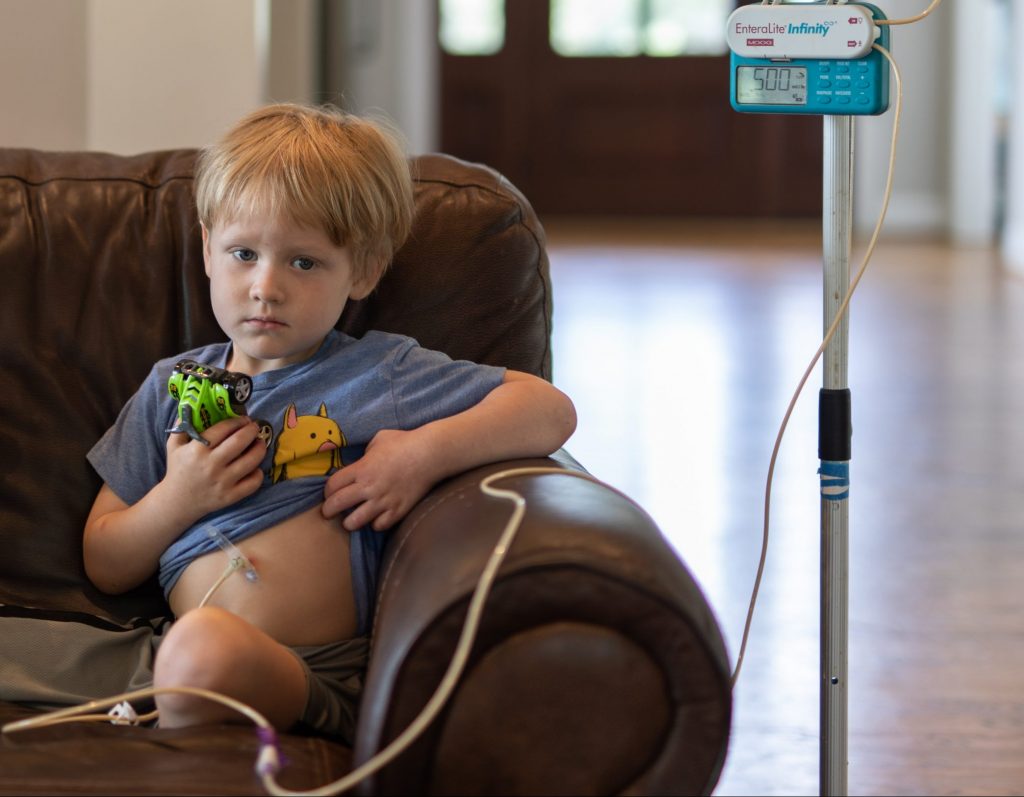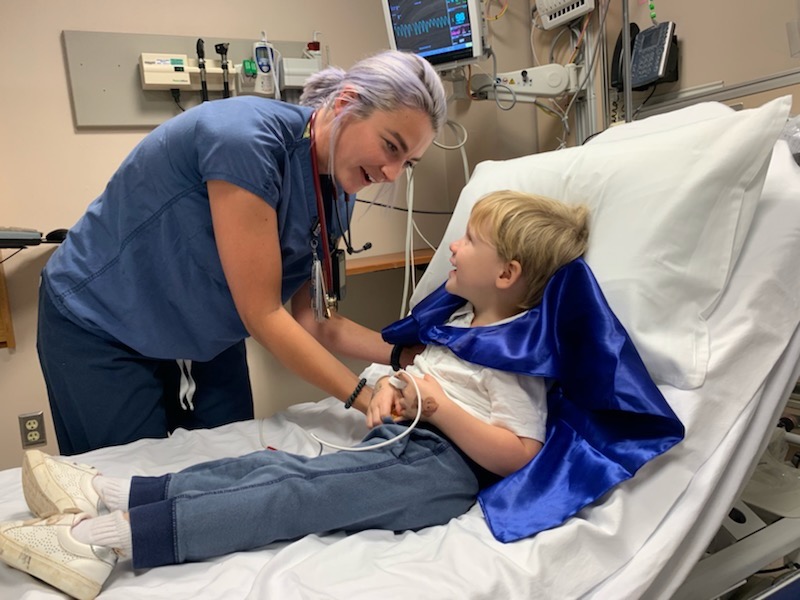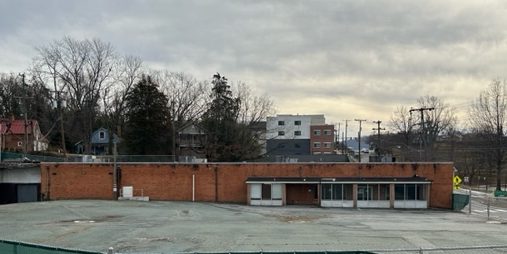Tensions are high across the United States over the conflict between Israel and Hamas. The complex and rapidly developing situation has resulted in accusations of atrocities by both sides, and steadily worsening conditions for those in Gaza. Locally, controversy erupted when the University of Virginia chapter of Students for Justice in Palestine put out a statement following widespread attacks by Hamas on Israeli civilians.
“Students for Justice in Palestine at UVA unequivocally supports Palestinian liberation and the right of colonized people everywhere to resist the occupation of their land by whatever means they deem necessary,” said a UVA SJP Instagram post. “We mourn the loss of human life and hope for long-lasting peace, which cannot be achieved without the firm establishment of equality and justice. In an unprecedented feat for the 21st century, resistance fighters in Gaza broke through the illegitimate border fence, took occupation soldiers hostage, and seized control of several Israeli settlements that are illegal under international law.”
Though a majority of Americans support Israel, according to recent polling, UVA SJP’s stance reflects increased support for Palestine among younger Americans and college students. Some proponents of aid to Israel argue that opponents are antisemitic and the state has a right to defend itself against terrorist attacks, but pro-Palestinian groups have largely argued that Hamas’ actions do not excuse Israel’s attacks on civilians in Gaza and the blockade of basic resources to the region.
The United States government considers Hamas to be a terrorist organization, officially designating the group as a Foreign Terrorist Organization in 1997.
Reacting to the SJP statement on Twitter/X, Speaker of the Virginia House of Delegates and UVA alum Todd Gilbert called on the university to take action against the group. “Some students at my alma mater @UVA fully endorse the rape, murder, and kidnapping of innocent people, which we now know includes the beheading of babies,” he posted. “I implore the University @presjimryan to condemn this vile statement in the strongest possible terms and take action.”
UVA SJP held a teach-in about Gaza and Palestinian resistance on the steps of the Rotunda on October 12.
The event started with SJP members giving safety reminders and asking attendees to not speak with the media, before leading a chant of “Free free Palestine!” A significant portion of the crowd wore face masks and glasses, with concerns about safety and post-graduation opportunities arising from public condemnation of pro-Palestine events and statements by political officials. Locally, state Senate candidate Philip Hamilton called on his supporters to counterprotest the teach-in, with a small group showing up with signs listing atrocities allegedly committed by Hamas.
Students shared stories during the teach-in about their connections to Palestine and gave a brief summary of the history of Israel and Palestine. SJP members read letters on behalf of Palestinian students and family members. “This is not a religious conflict, this is a conflict over territory,” said one letter. “I pray for peace, but there can be no peace without justice.”
An SJP member and event leader, addressing accusations of antisemitism, spoke about his personal perspective as a Jewish American. “Israel is a settler colonial state,” he said, before asserting his distinction between Zionism and Judaism.
Beyond personal accounts and the historical recap, the teach-in also featured a poet and several chants. The SJP led attendees through several repetitions of “From the river to the sea, Palestine will be free,” which has been connected to antisemitism by some Jewish groups. “There is of course nothing antisemitic about advocating for Palestinians to have their own state,” according to the American Jewish Committee, an advocacy group. “However, calling for the elimination of the Jewish state or praising Hamas or other entities who do or suggesting that the Jews alone do not have the right to self-determination, is antisemitic.”
Attendees largely refused to speak with the media after the event, but a few students spoke on the condition of anonymity. “I don’t support apartheid, and I don’t think the country that I pay taxes toward should support it as well,” said one UVA student about his decision to attend the teach-in. “I’m from Egypt, so growing up we were taught about how Israel invaded its neighboring countries, including Egypt, so I’ve known about it all my life.”
For now, U.S. aid to Israel is on hold until a speaker of the House is elected, but federal support for Israel has been made clear by President Joe Biden’s visit to the nation.



